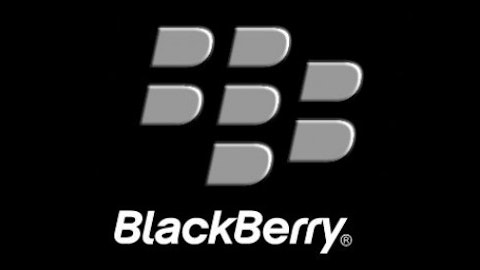
That’s where margins come into play, and why it’s often one of the first things I look at in financial reports. Margins help translate market share into profit share, another important and often overlooked statistic. After all, revenues are great, but profits are better.
Today, I’ll take a look at Apple Inc. (NASDAQ:AAPL) – a company that’s able to dominate the profit share of just about every market it enters.
Smartphones
There’s been a lot of speculation that Apple Inc. (NASDAQ:AAPL) will release a low-cost iPhone to compete for market share in the emerging BRIC economies. While a lower cost phone will certainly help Apple Inc. (NASDAQ:AAPL) maintain global market share, the fact is low-end phones aren’t very profitable.
Samsung (NASDAQOTH:SSNLF), which makes both high-end and low-end phones, generates almost all of its profits in the segment from the Galaxy line. Its low-end phones produce profit margins closer to 1%.
That’s why 100% of the profit share in the smartphone market is shared between two companies – Apple Inc. (NASDAQ:AAPL) and Samsung. Apple took the majority of profits in the first quarter of 2013 with 57%, and grabbed 69% of profits in 2012.
Nokia, Blackberry, Sony, Motorola, and HTC all reported operating margins close to 0%. With so much competition on the lower end of the market, it’s hard to see how Apple can expect profit margins in-line with the rest of its product portfolio. It’s reasonable to expect a low-cost iPhone to add to the top line, but I wouldn’t expect it to add much to the bottom line.
That leaves Samsung to deal with. In the next quarter, it’s very likely Samsung will take the majority of profit share from Apple. The S4 just hit the market, and I expect iPhone sales to weaken ahead of the next release in the product cycle.
Looking at the full year, however, I expect Apple to maintain the majority of profits with or without the addition of a low-cost iPhone. A new iteration of the iPhone will again boost sales in the latter half of the year.
Until a significant force disrupts the duopoly on the high-end of the market, I expect that trend to continue.
Tablets
The iPad fell below the 50% market share line in the first quarter of 2013. The rapid growth of Android powered tablets and the addition of Microsoft’s Windows 8 designs have put a damper of market share despite phenomenal unit sales growth.
A lot of the market share is being gobbled up by Amazon and Google, which sell their tablets near cost.
Samsung, for its part, is trying to do the same to Apple Inc. (NASDAQ:AAPL) in tablets as it did with smartphones, and throwing everything they have out there. As a result, the company grew its market share significantly in the first quarter of the year to 8.8%.
Still, Samsung’s best-selling tablet is the low-end Galaxy Tab 2, which produces significantly thinner margins than a high-end tablet like the iPad and its own Note tablet. And while the company is certainly putting a sizeable dent in Apple’s market share, the profit share it’s taking isn’t nearly as great.
This is another market I expect Apple to dominate in profit share for a long time still. Its closest competitor on margins is Microsoft, which largely disappointed with its Surface tablet. Additionally, its app eco-system makes the iPad extremely sticky.
Computers
Contrary to the mobile computing market, Apple has been a second-class citizen in the desktop and laptop segment for a long time now. As of last month, Mac OS accounted for just 7% of all computer operating systems. In the United States, its most popular market, the company sold 10% to 11.6% of PCs in the first quarter of this year.
Not surprising, however, is the fact that Apple Inc. (NASDAQ:AAPL)’s computers have a higher average selling price and, more importantly, a higher gross margin. Gross margin for Apple’s Mac computers is about 26%. Horace Dediu from Asymco.com did the heavy lifting, estimating overhead at 7.1% and operating margin at 18.9%.
Comparatively, Hewlett-Packard Company (NYSE:HPQ) operating margin in the first quarter was just 2.7% in the first quarter, significantly worse than the 5.4% the company reported in the nine months prior. Other large PC vendors have similar figures.
The fact is, margins on PCs have always been thin, but companies made up for it with volume. With the decline in PC sales, margins are shrinking as they compete for market share.
But Apple isn’t nearly as concerned with market share. For one, the decline in PC sales didn’t affect Apple nearly as much as Hewlett-Packard Company (NYSE:HPQ). The company saw U.S. sales decline just 7.5% in the first quarter compared to 22.9% for Hewlett-Packard Company (NYSE:HPQ). So, its products appear more resilient than most in the space.



